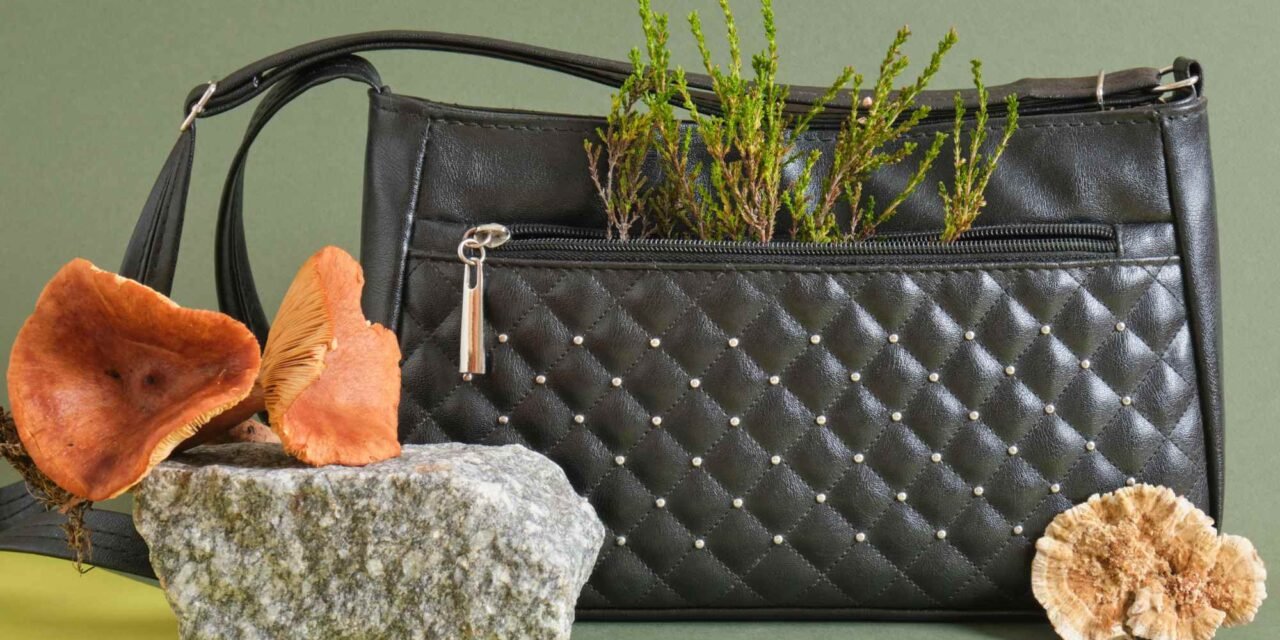The best alternatives to traditional leather for sustainable garments are innovative materials that minimize environmental impact and avoid animal-derived products. Here are the top options:
1. Mushroom Leather (Mycelium Leather)
- Source: Derived from mycelium, the root structure of fungi.
- Features:
- Soft, durable, and customizable.
- Fully biodegradable and produced with minimal environmental impact.
- Applications: Jackets, bags, and shoes.
- Examples:
- Brands like Bolt Threads and Mylo™ are pioneers in mushroom leather production.
2. Piñatex (Pineapple Leather)
- Source: Made from pineapple leaf fibers, a by-product of pineapple farming.
- Features:
- Lightweight, durable, and breathable.
- Reduces agricultural waste.
- Applications: Used for jackets, bags, and footwear.
- Examples: Brands like Hugo Boss and Veja use Piñatex for eco-friendly products.
3. Cactus Leather
- Source: Derived from nopal cactus (prickly pear).
- Features:
- Requires minimal water for production.
- Durable, soft, and partially biodegradable.
- Applications: Garments, handbags, and accessories.
- Examples: Desserto, a leading supplier, provides high-quality cactus leather.
4. Apple Leather
- Source: Made from apple peel and core waste generated during juice production.
- Features:
- Smooth finish, similar to traditional leather.
- Utilizes food waste, reducing landfill impact.
- Applications: Jackets, bags, and small accessories.
- Examples: Brands like Samara and Frumat offer apple leather products.
5. Cork Leather
- Source: Harvested from the bark of cork oak trees without harming the tree.
- Features:
- Naturally water-resistant, lightweight, and flexible.
- Completely biodegradable and renewable.
- Applications: Bags, wallets, and light jackets.
- Examples: Popular for eco-conscious fashion brands.
6. Recycled Leather
- Source: Created by recycling leather scraps or waste from tannery production.
- Features:
- Reduces waste and conserves resources.
- Provides similar properties to traditional leather.
- Applications: Garments, bags, and accessories.
- Examples: Brands like Elvis & Kresse use upcycled leather for sustainable fashion.
7. Lab-Grown Leather (Biofabricated Leather)
- Source: Produced through biotechnology by growing collagen (proteins) in a lab.
- Features:
- Mimics the properties of natural leather without animal involvement.
- Fully customizable in texture and thickness.
- Applications: Jackets, shoes, and luxury accessories.
- Examples: Companies like Modern Meadow are at the forefront of biofabrication.
8. Recycled PU and Synthetic Vegan Leather
- Source: Made from recycled polyurethane (PU) or plastic materials.
- Features:
- Water-resistant, affordable, and versatile.
- Less sustainable than bio-based alternatives due to limited biodegradability.
- Applications: Popular for jackets, bags, and footwear.
- Examples: Many fast-fashion brands use recycled PU leather for affordable options.
9. Grape Leather
- Source: Made from waste generated during wine production (grape skins, seeds, and stems).
- Features:
- Soft, durable, and eco-friendly.
- Utilizes agricultural by-products.
- Applications: Sustainable fashion and accessories.
- Examples: Italian company Vegea produces grape leather.
10. Coconut Leather
- Source: Made from coconut water and bacterial cellulose.
- Features:
- Biodegradable, lightweight, and water-resistant.
- Low environmental impact during production.
- Applications: Experimental materials for garments and accessories.







